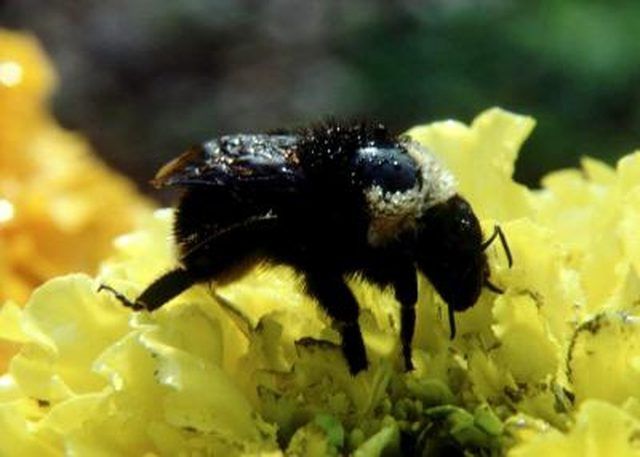Bulbs
Flower Basics
Flower Beds & Specialty Gardens
Flower Garden
Garden Furniture
Garden Gnomes
Garden Seeds
Garden Sheds
Garden Statues
Garden Tools & Supplies
Gardening Basics
Green & Organic
Groundcovers & Vines
Growing Annuals
Growing Basil
Growing Beans
Growing Berries
Growing Blueberries
Growing Cactus
Growing Corn
Growing Cotton
Growing Edibles
Growing Flowers
Growing Garlic
Growing Grapes
Growing Grass
Growing Herbs
Growing Jasmine
Growing Mint
Growing Mushrooms
Orchids
Growing Peanuts
Growing Perennials
Growing Plants
Growing Rosemary
Growing Roses
Growing Strawberries
Growing Sunflowers
Growing Thyme
Growing Tomatoes
Growing Tulips
Growing Vegetables
Herb Basics
Herb Garden
Indoor Growing
Landscaping Basics
Landscaping Patios
Landscaping Plants
Landscaping Shrubs
Landscaping Trees
Landscaping Walks & Pathways
Lawn Basics
Lawn Maintenance
Lawn Mowers
Lawn Ornaments
Lawn Planting
Lawn Tools
Outdoor Growing
Overall Landscape Planning
Pests, Weeds & Problems
Plant Basics
Rock Garden
Rose Garden
Shrubs
Soil
Specialty Gardens
Trees
Vegetable Garden
Yard Maintenance
How to Exterminate Carpenter Bees
How to Exterminate Carpenter Bees. Carpenter bees are black and yellow with round bodies that are surprisingly hairy. They do not sting but can become a nuisance, though ithey are also valuable natural pollinators that help your garden. The carpenter bees burrow into wood to create their nests. You can often find nests in wooden fence posts or in...

Carpenter bees are black and yellow with round bodies that are surprisingly hairy. They do not sting but can become a nuisance, though ithey are also valuable natural pollinators that help your garden. The carpenter bees burrow into wood to create their nests. You can often find nests in wooden fence posts or in wood siding or trim. If you see a pile of sawdust outside your home with no clear reason as to why it is there, you probably have a family of carpenter bees hard at work creating their nest. There are several options for getting rid of the bees.
Things You'll Need
Caulk
Paint
Stick
Vacuum
Bee poison
Mask
Closing the Hole
Caulk the hole that the carpenter bees made in your home. This will make escape impossible for the bees, and they will eventually die.
After the caulk has dried, sand it to get a smooth surface.
Paint over the caulk to finish the job.
Vacuum
Agitate the carpenter bee nest by inserting a stick into the nest and swirling it. Do this in the evening, when the bees are less active.
Place the vacuum hose over the hole and suck up the bees as they fly out.
Caulk and paint over any holes or damage the bees have caused.
Pesticide
Place a mask over your nose and mouth.
Spray a bee killer directly into the nest.
Wait 15 minutes and repeat. If you do not see any bees fly out, then they are all dead. If some are still moving, repeat.
Tips & Warnings
Take action the first time you see a carpenter bee. Waiting too long could be the difference between a small colony and an infestation.
Do not inhale the pesticide, which could make you sick.